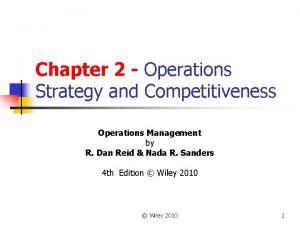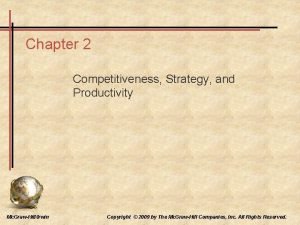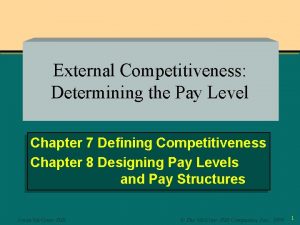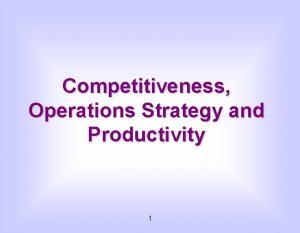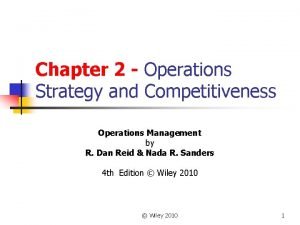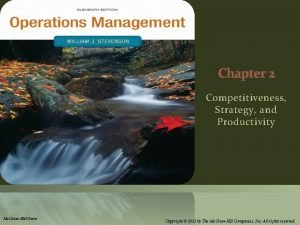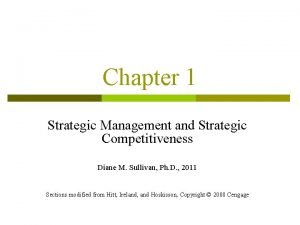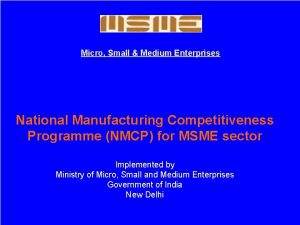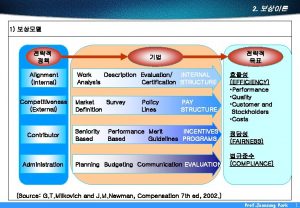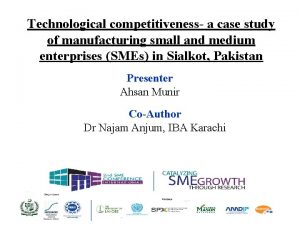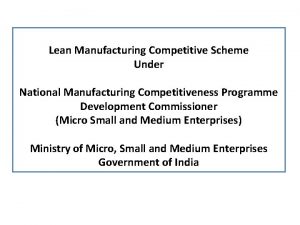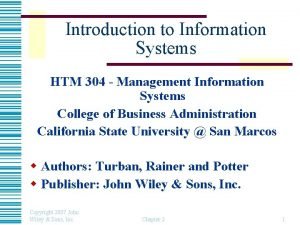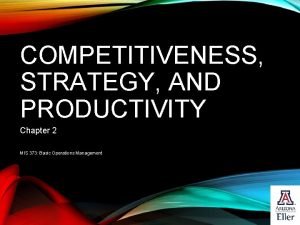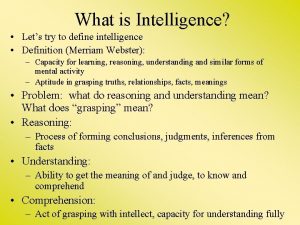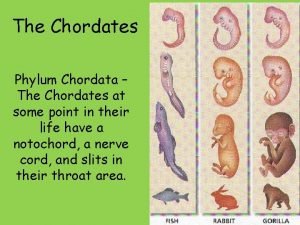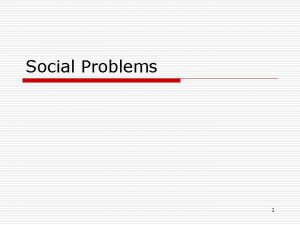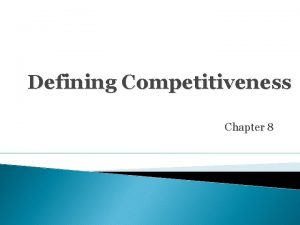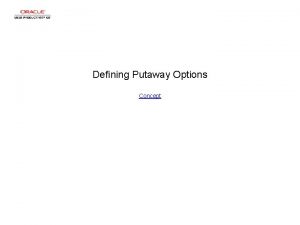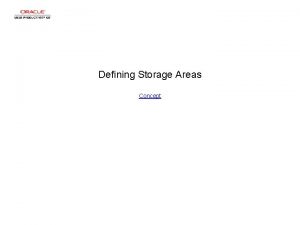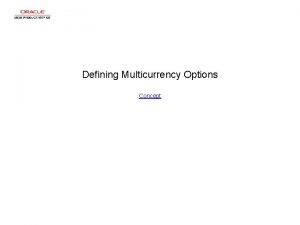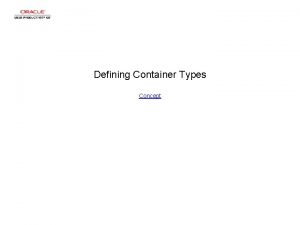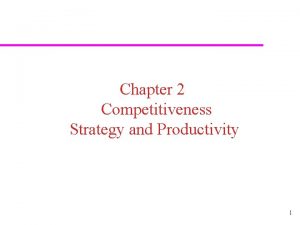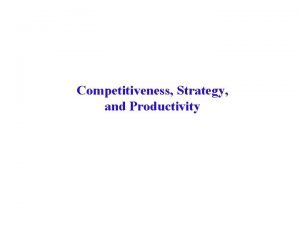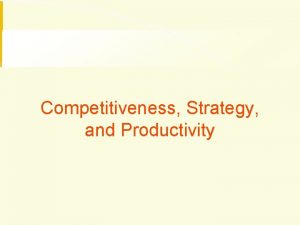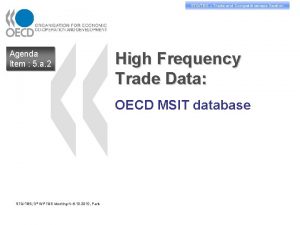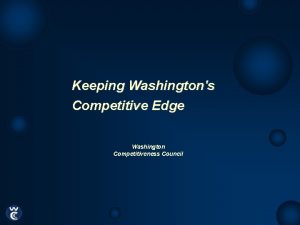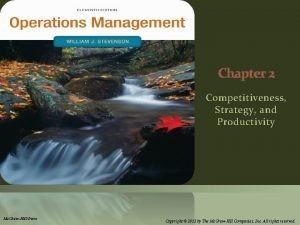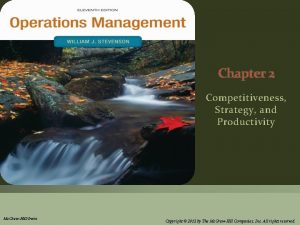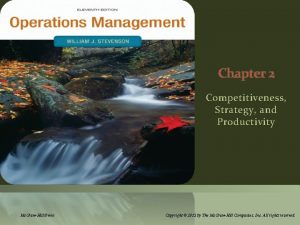7 1 Chapter 7 Mc GrawHillIrwin Defining Competitiveness































- Slides: 31

7 -1 Chapter 7 Mc. Graw-Hill/Irwin Defining Competitiveness © 2005 The Mc. Graw-Hill Companies, Inc. All rights reserved.

7 -2 What Is External Competitiveness? External competitiveness refers to pay relationships among organizations - an organization’s pay relative to its competitors. Mc. Graw-Hill/Irwin © 2005 The Mc. Graw-Hill Companies, Inc. All rights reserved.

7 -3 How Is External Competitiveness Expressed? u. Setting a pay level Ø Above, Ø Below, Ø Equal or to competitors, and u. Determining mix of pay forms relative to those of competitors Mc. Graw-Hill/Irwin © 2005 The Mc. Graw-Hill Companies, Inc. All rights reserved.

7 -4 What Is Pay Level? Pay Forms? Pay levelrefers to the averageof the array of rates paid by an employer Pay formsrefer to the mix of the various types of payments that make up total compensation. Mc. Graw-Hill/Irwin © 2005 The Mc. Graw-Hill Companies, Inc. All rights reserved.

7 -5 Pay Level and Pay Mix: Two Objectives Control Labor Costs Attract and Retain Employees Mc. Graw-Hill/Irwin © 2005 The Mc. Graw-Hill Companies, Inc. All rights reserved.

7 -6 Pay Level Decisions Impact Labor Costs = Number of Employees x Average Pay Level Base Pay + Increases + Benefits + Allowances + Perquisites Mc. Graw-Hill/Irwin © 2005 The Mc. Graw-Hill Companies, Inc. All rights reserved.

Pay Level Decisions Affect Ability to Attract and Retain Employees 7 -7 u. Exhibit 7. 1: One Company’s Market Comparison: Base vs. Total Compensation Mc. Graw-Hill/Irwin © 2005 The Mc. Graw-Hill Companies, Inc. All rights reserved.

Pay Level Decisions Affect Ability to Attract and Retain Employees 7 -8 u. Exhibit 7. 2: Two Companies: Same Total Compensation, Different Mixes Mc. Graw-Hill/Irwin © 2005 The Mc. Graw-Hill Companies, Inc. All rights reserved.

Exhibit 7. 3: What Shapes External Competitiveness? 7 -9 LABOR MARKET FACTORS Nature of Demand Nature of Supply PRODUCT MARKET FACTORS Degree of Competition Level of Product Demand EXTERNAL COMPETITIVENESS ORGANIZATION FACTORS Industry, Strategy, Size Individual Manager Mc. Graw-Hill/Irwin © 2005 The Mc. Graw-Hill Companies, Inc. All rights reserved.

7 -10 How Labor Markets Work u. Theories of labor markets begin with four assumptions Ø Employers always seek to maximize profits Ø People are homogeneous and therefore interchangeable Ø Pay rates reflect all costs associated with employment Ø Markets Mc. Graw-Hill/Irwin faced by employers are competitive © 2005 The Mc. Graw-Hill Companies, Inc. All rights reserved.

Pay for business graduates Exhibit 7. 4: Supply and Demand for Business School Graduates in the Short Run 7 -11 $100, 000 De ma nd ly p p Su $50, 000 $25, 000 100 Mc. Graw-Hill/Irwin Number of business graduates available 1000 © 2005 The Mc. Graw-Hill Companies, Inc. All rights reserved.

7 -12 Labor Demand of labor demandindicates how many employees will be hired by an employer u In the short run, an employer cannot change any factor of production except human resources Ø An employer’s level of production can change only if it changes the level of human resources Ø An employer’s demand for labor coincides with the marginal product of labor u Marginal product of labor Ø Additional output associated with employment of one additional human resources unit, with other production factors held constant u Marginal revenue of labor Ø Additional revenue generated when firm employs one additional unit of human resources, with other production factors held constant u Analysis Mc. Graw-Hill/Irwin © 2005 The Mc. Graw-Hill Companies, Inc. All rights reserved.

Exhibit 7. 5: Supply and Demand at the Market and Individual Employer Level Market level $100, 000 De d $50, 000 ly S p up $25, 000 Pay for business graduates Employer level rg in pr al r od ev uc en t ue $50, 000 $25, 000 Number of business graduates available Mc. Graw-Hill/Irwin Ma $100, 000 ma n 7 -13 Supply to individual employer 0 5 10 15 20 25 Number of business graduates available © 2005 The Mc. Graw-Hill Companies, Inc. All rights reserved.

7 -14 Labor Supply u. Assumptions about behavior of potential employees Ø Many people are seeking jobs Ø They possess accurate information about all job openings Ø No barriers to mobility among jobs exist u. Upward sloping supply curve assumes that as pay increases, more people are willing to take a job u. However, if unemployment rates are low, offers of higher pay may not increase supply Mc. Graw-Hill/Irwin © 2005 The Mc. Graw-Hill Companies, Inc. All rights reserved.

Exhibit 7. 6: Labor Demand Theories and Implications Theory Compensating differentials Efficiency wage Signaling Mc. Graw-Hill/Irwin Prediction 7 -15 So What? Work with negative characteristics Job evaluation must collect requires higher pay to attract and compensable factors must workers. capture these negative characteristics. Above-market wages will improve Staffing programs must have efficiency by attracting workers who the capability of selecting the will perform better and be less best employees. Work must be willing to leave. structured to take advantage of employees’ greater efforts. Pay policies signal the kinds of behavior the employer seeks. Pay practices must recognize these behaviors by better pay, larger bonuses, and other forms of compensation. © 2005 The Mc. Graw-Hill Companies, Inc. All rights reserved.

Exhibit 7. 7: Supply Side Theories and Implications Theory Prediction So What? Reservation wage Job seekers won’t accept jobs whose pay is below a certain wage, no matter how attractive other job aspects. Pay level will affect ability to recruit. Human capital The value of an individual’s skills and abilities is a function of the time and expense required to acquire them. Higher pay is required to induce people to train for more difficult jobs. Mc. Graw-Hill/Irwin 7 -16 © 2005 The Mc. Graw-Hill Companies, Inc. All rights reserved.

7 -17 Product Market Factors and Ability to Pay u. Two key product market factors affect ability of a firm to change price of its products or services Ø Level of product demand – Puts a lid on maximum pay level an employer can set Ø Degree of competition – In highly competitive markets, employers are less able to raise prices without loss of revenue Mc. Graw-Hill/Irwin © 2005 The Mc. Graw-Hill Companies, Inc. All rights reserved.

7 -18 Relevant Markets u Three factors determine relevant labor markets Ø Occupation Ø Geography Ø Competitors u Issues related to defining the relevant market Ø Competitors – Products, location, and size Ø Jobs – Skills and knowledge required and their importance to organizational success Mc. Graw-Hill/Irwin © 2005 The Mc. Graw-Hill Companies, Inc. All rights reserved.

Exhibit 7. 8: Probable Relationships Between External Pay Policies and Objectives Mc. Graw-Hill/Irwin 7 -19 © 2005 The Mc. Graw-Hill Companies, Inc. All rights reserved.

7 -20 Pay Policy Options: Match the Competition u. Attempts to ensure an organization’s Ø Wage costs are approximately equal to those of its product competitors Ø Ability to attract potential employees will be approximately equal to its labor market competitors u. Avoids placing an employer at a disadvantage in pricing products or in maintaining a qualified work force u. May not provide an employer with a competitive advantage in its labor markets Mc. Graw-Hill/Irwin © 2005 The Mc. Graw-Hill Companies, Inc. All rights reserved.

7 -21 Pay Policy Options: Lead Policy u. Maximizes ability to attract and retain quality employees and minimizes employee dissatisfaction with pay u. May offset less attractive features of work u. If used only to hire new employees, may lead to dissatisfaction of current employees Mc. Graw-Hill/Irwin © 2005 The Mc. Graw-Hill Companies, Inc. All rights reserved.

7 -22 Pay Policy Options: Lag Policy u. May hinder a firm’s ability to attract potential employees u. If pay level is lagged in return for promise of higher future returns Ø May increase employee commitment Ø Foster Ø May Mc. Graw-Hill/Irwin teamwork possibly increase productivity © 2005 The Mc. Graw-Hill Companies, Inc. All rights reserved.

7 -23 Pay Policy Options: Flexible Policies u. Employers have more than one pay policy u. Policy may vary for different occupational families Ø Above market for critical skill groups Ø Below or at market for others u. Policy may vary for different pay elements Ø Above market in total compensation Ø Below market in base pay Ø Above market in incentives and rewards Mc. Graw-Hill/Irwin © 2005 The Mc. Graw-Hill Companies, Inc. All rights reserved.

7 -24 Exhibit 7. 9: Pay-Mix Policy Alternatives Performance - Driven Benefits 17% Options 16% Market Match Benefits 20% Base 50% Options 4% Bonus 6% Base 70% Bonus 17% Work - Life Balance Security (Commitment) Benefits 20% Benefits 30% Base 50% Options 10% Bonus Base 80% 10% Mc. Graw-Hill/Irwin © 2005 The Mc. Graw-Hill Companies, Inc. All rights reserved.

7 -25 Pay Policy Options: Employer of Choice u Companies compete based on their overall reputation as a place to work u Defines compensation more broadly to focus on all returns from employment Ø Organization’s position based on total returns of working for it u Approach corresponds to brand or image a company projects as an employer Mc. Graw-Hill/Irwin © 2005 The Mc. Graw-Hill Companies, Inc. All rights reserved.

7 -26 Pay Policy Options: Shared Choice u Begins with traditional options of lead, meet, or lag a second part -- offer employees choices(within limits) in the pay mix u Adds to employer of choice in recognizing importance of both pay level and mix u Similar Ø Employees have more say in forms of pay received Mc. Graw-Hill/Irwin © 2005 The Mc. Graw-Hill Companies, Inc. All rights reserved.

Exhibit 7. 10: Volatility of Stock Value Changes in Total Pay Mix Mc. Graw-Hill/Irwin 7 -27 © 2005 The Mc. Graw-Hill Companies, Inc. All rights reserved.

Exhibit 7. 11: Dashboard: Total Pay Mix Breakdown vs. Competitors’ Mc. Graw-Hill/Irwin 7 -28 © 2005 The Mc. Graw-Hill Companies, Inc. All rights reserved.

7 -29 Exhibit 7. 12: Pay Mix Varies Within the Structure Mc. Graw-Hill/Irwin © 2005 The Mc. Graw-Hill Companies, Inc. All rights reserved.

7 -30 Exhibit 7. 13: Some Consequences of Pay Levels Contain operating expenses (labor costs) Competitiveness of total compensation Reduce pay-related work stoppages Mc. Graw-Hill/Irwin Increase pool of qualified applicants Increase quality and experience Reduce voluntary turnover Increase probability of union-free status © 2005 The Mc. Graw-Hill Companies, Inc. All rights reserved.

Which Pay Policy Achieves Competitive Advantage? 7 -31 u. Involves assessing consequences of different pay policy options u. Evidence ? ? ? Ø Pay level affects costs Ø Effects on productivity Ø Effects on ability to attract and retain employees u. Possibility of achieving competitive advantage Ø Message that pay level and mix signal to people Mc. Graw-Hill/Irwin © 2005 The Mc. Graw-Hill Companies, Inc. All rights reserved.
 Defining competitiveness
Defining competitiveness Defining and non defining relative clause
Defining and non defining relative clause Relative clauses defining and non defining
Relative clauses defining and non defining Relative pronouns defining and non-defining
Relative pronouns defining and non-defining Defining relative clause meaning in telugu
Defining relative clause meaning in telugu Relative clauses
Relative clauses Defining and non-defining
Defining and non-defining Chapter 2 operations strategy and competitiveness
Chapter 2 operations strategy and competitiveness Chapter 2 operations strategy and competitiveness
Chapter 2 operations strategy and competitiveness Unitless measure of productivity
Unitless measure of productivity Competitiveness, strategy and productivity reflection paper
Competitiveness, strategy and productivity reflection paper External competitiveness
External competitiveness Productivity and competitiveness in operations management
Productivity and competitiveness in operations management Productivity and competitiveness in operations management
Productivity and competitiveness in operations management How do you measure productivity
How do you measure productivity Competitiveness strategy and productivity
Competitiveness strategy and productivity Resource based model
Resource based model What is strategic competitiveness
What is strategic competitiveness External competitiveness in compensation
External competitiveness in compensation Apec services competitiveness roadmap
Apec services competitiveness roadmap National manufacturing competitiveness programme
National manufacturing competitiveness programme Internal competitiveness
Internal competitiveness Technological competitiveness
Technological competitiveness Lean manufacturing competitiveness scheme
Lean manufacturing competitiveness scheme The best-known framework for analyzing competitiveness is
The best-known framework for analyzing competitiveness is Competitiveness strategy and productivity
Competitiveness strategy and productivity Strategic competitiveness
Strategic competitiveness Intelligence vs intelligent
Intelligence vs intelligent The defining moment in greek history is the
The defining moment in greek history is the Characteristics of all chordates
Characteristics of all chordates Definition of textbook
Definition of textbook Lord capulet defining quotes
Lord capulet defining quotes







